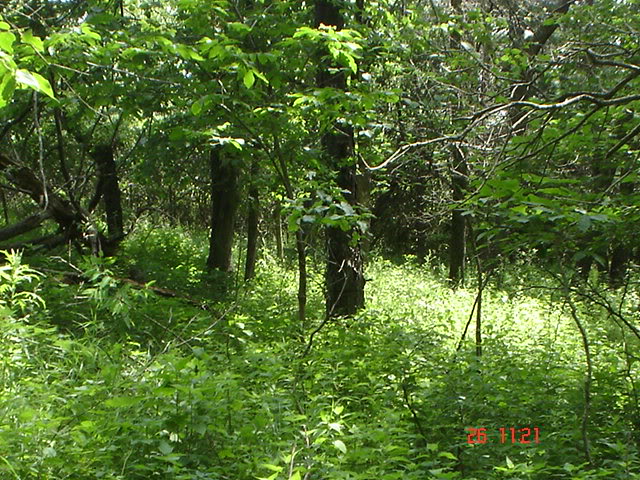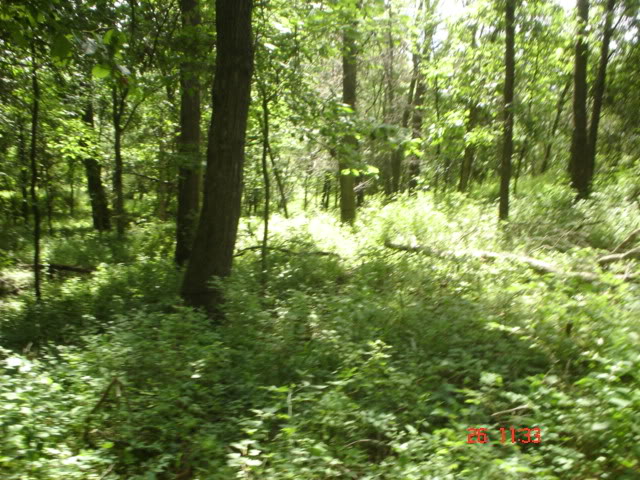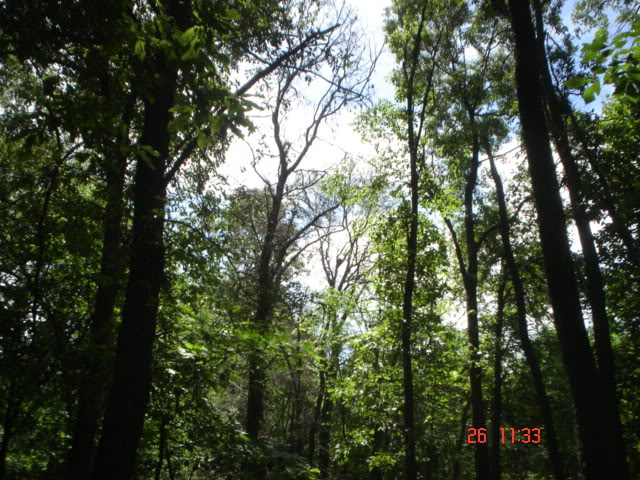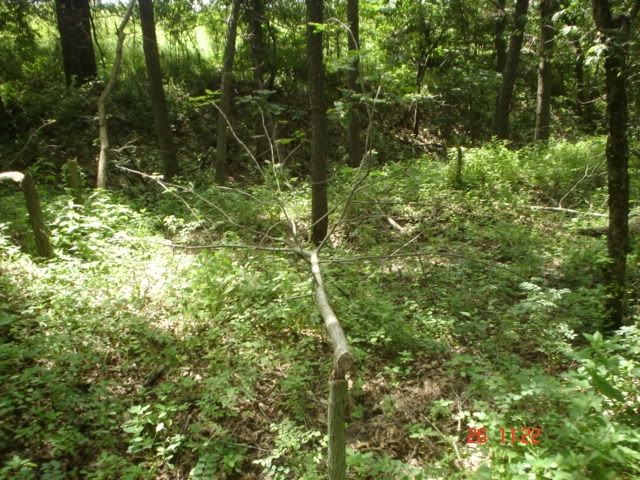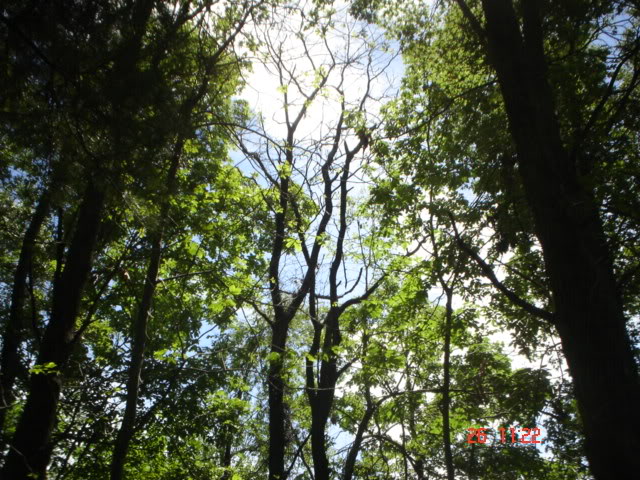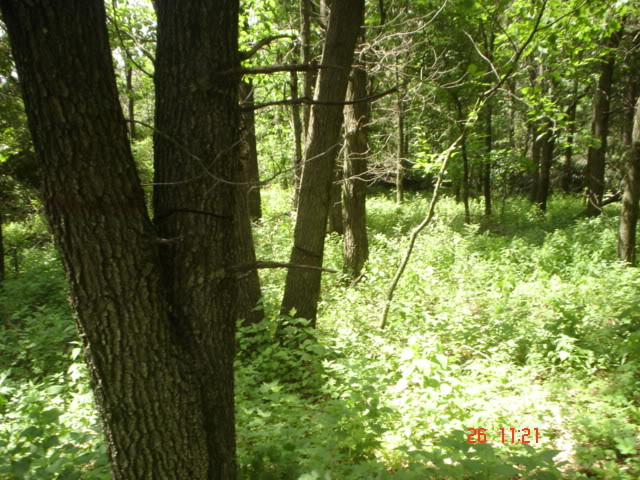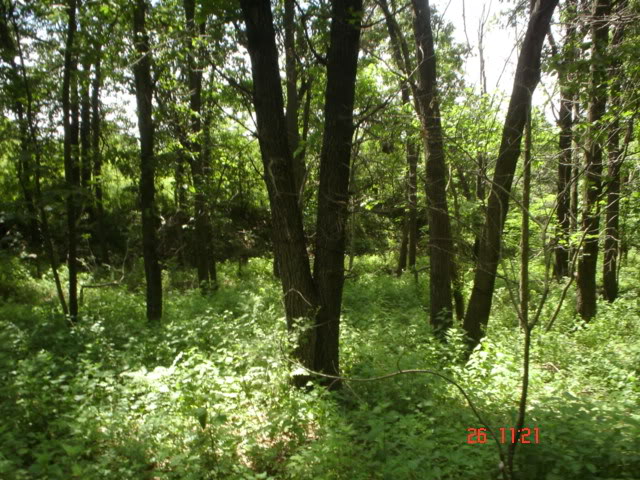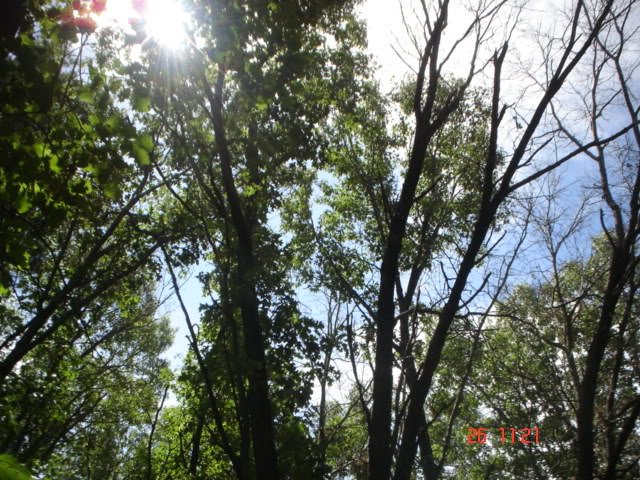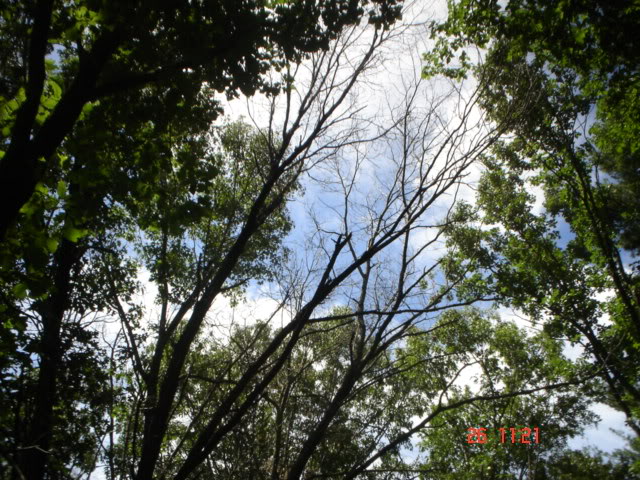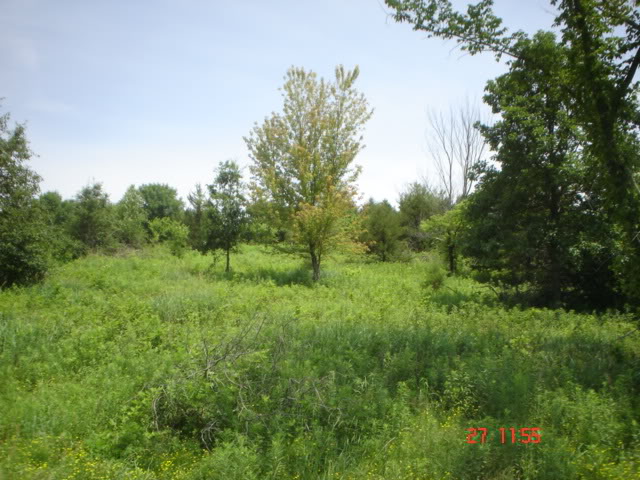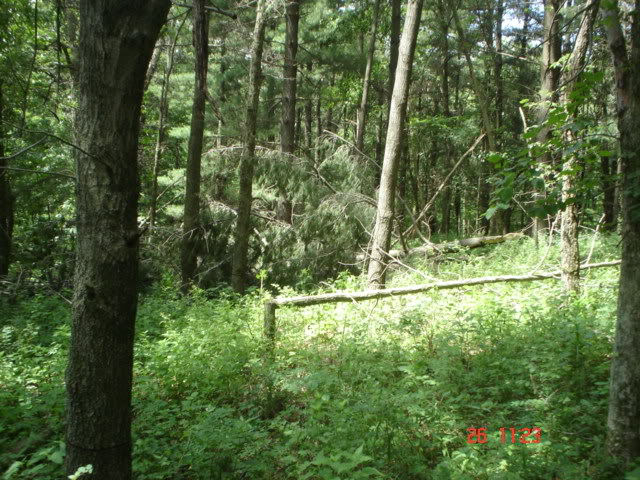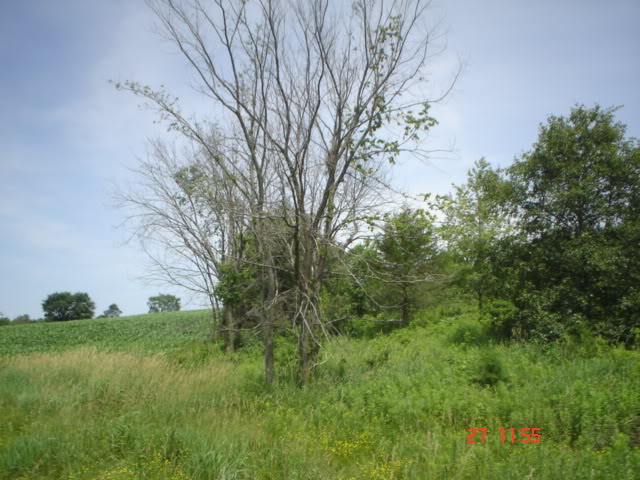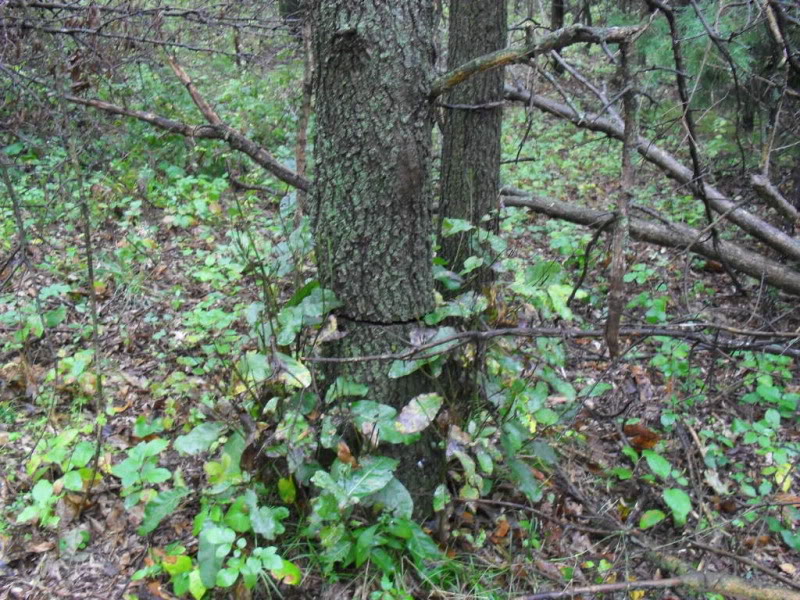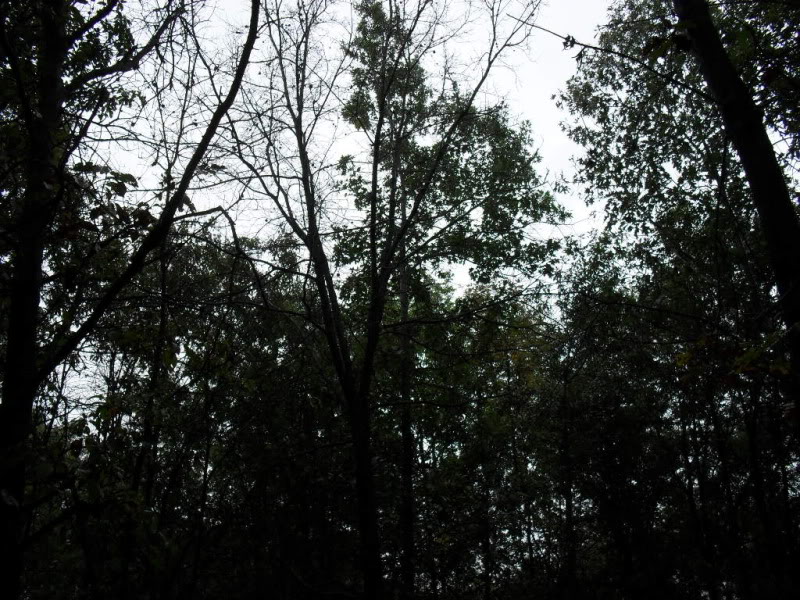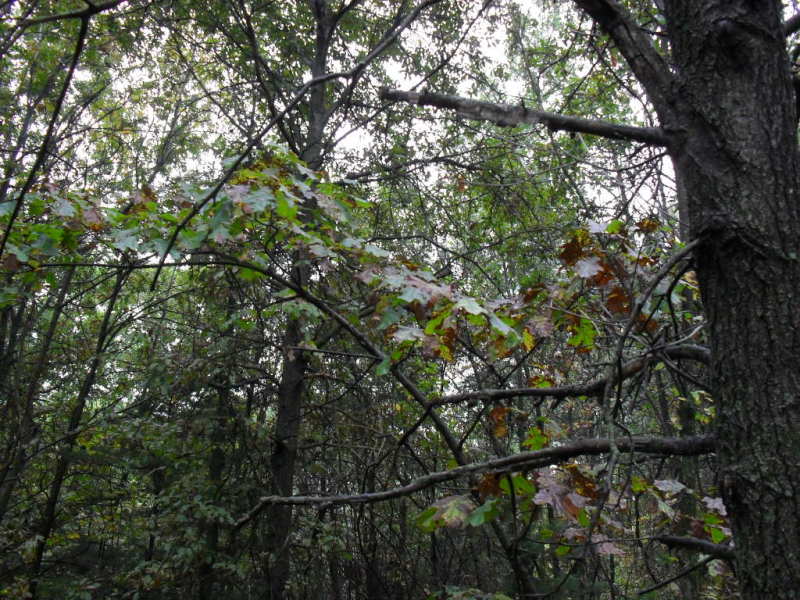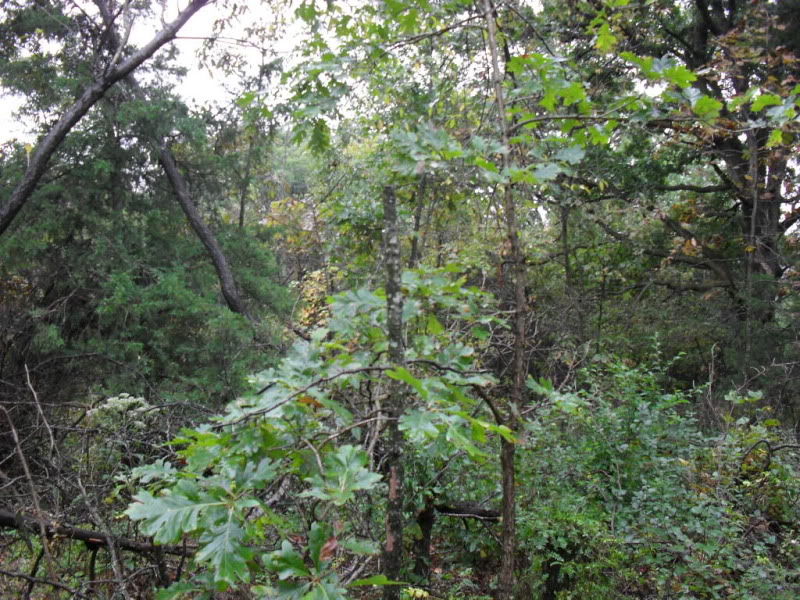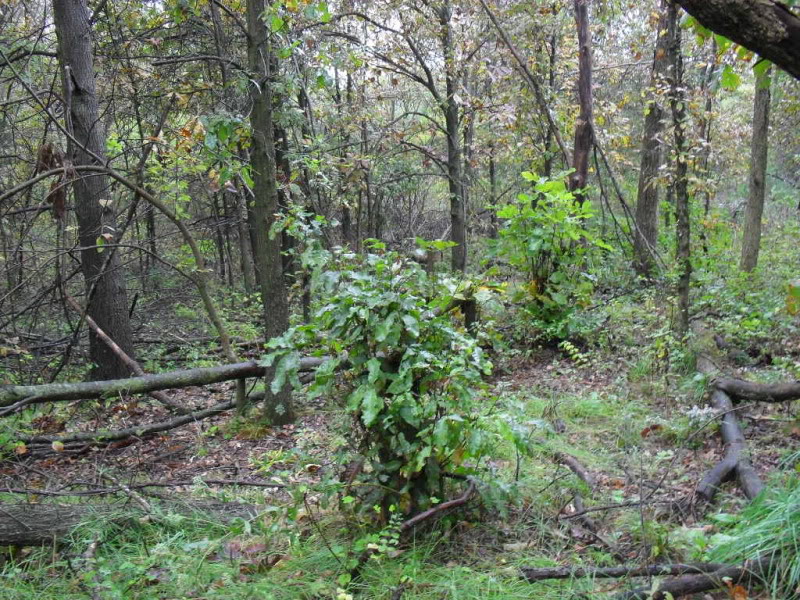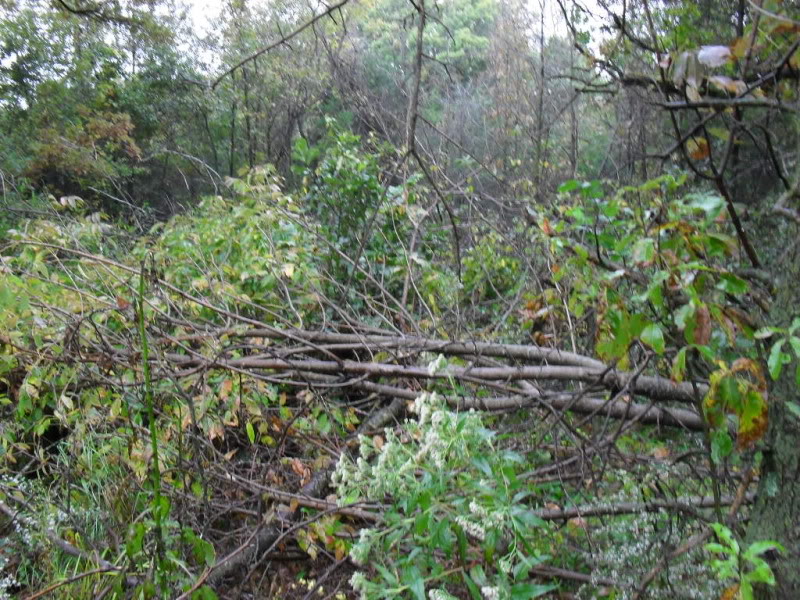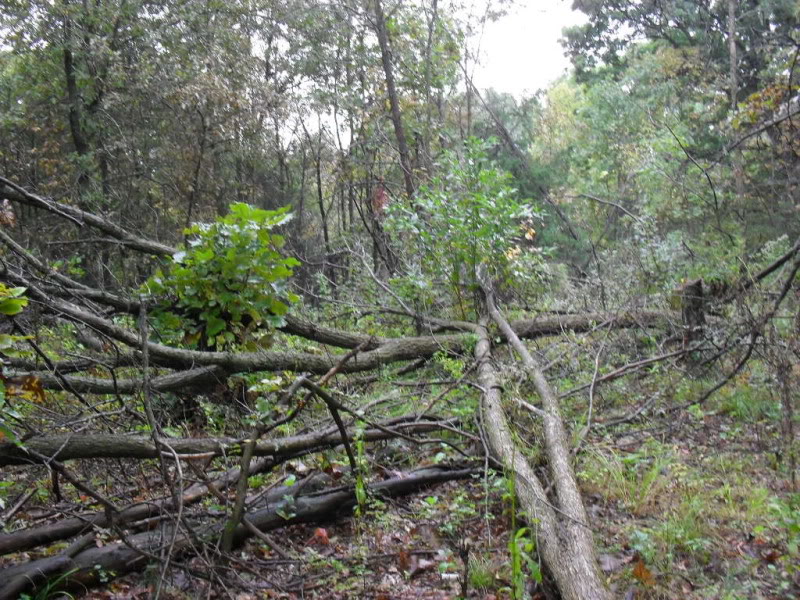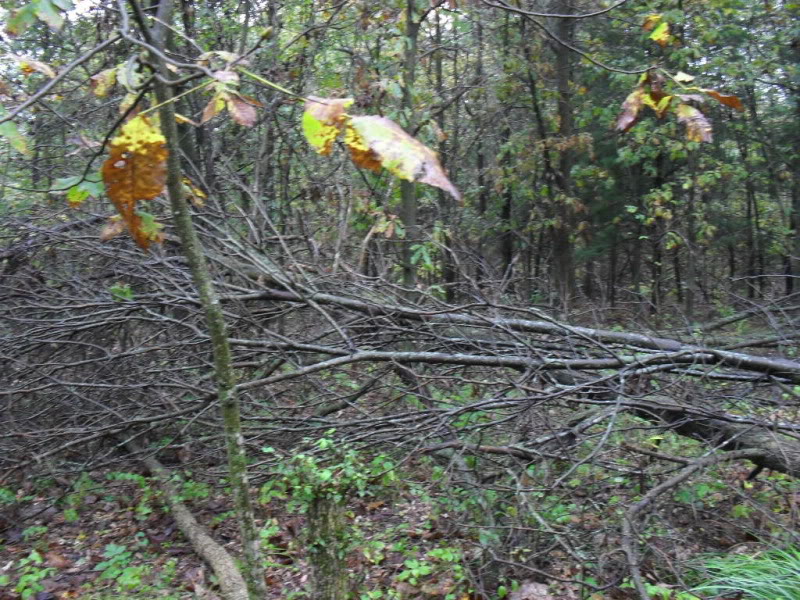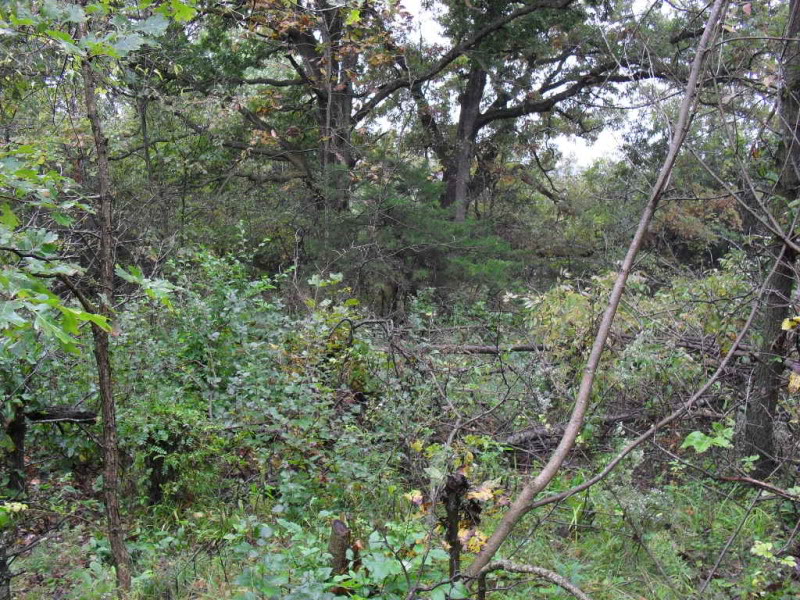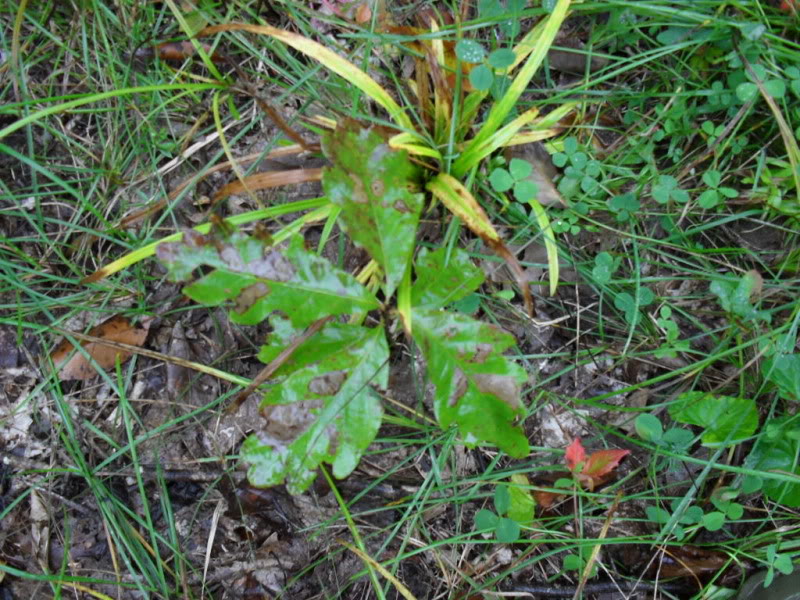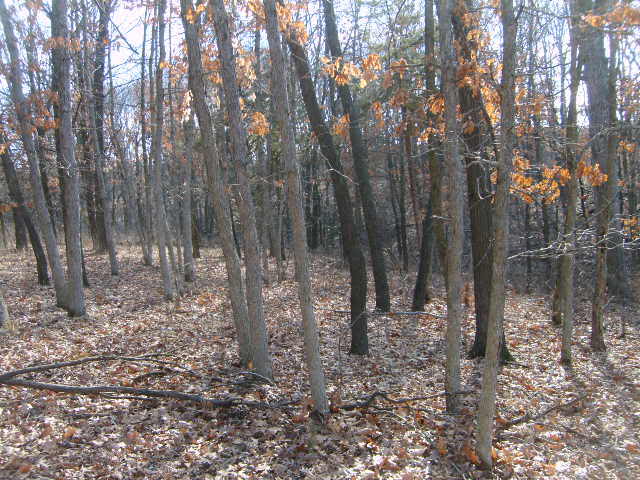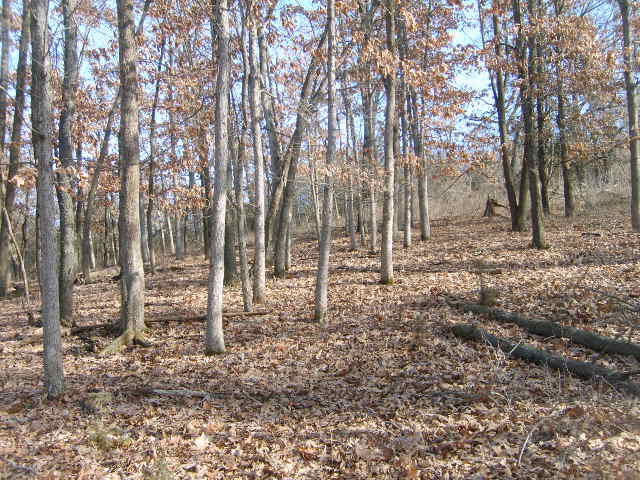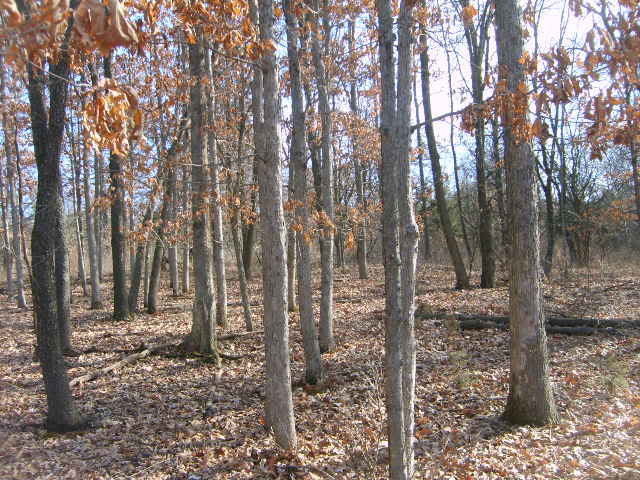Well it's the end of June and I thought I would share a few pics from my TSI project last winter at this point just looking for "kills" and those that thus far have refused to die.
I didn't get close enough to the girdled tree to see it but you can see the sunlight and undergrowth it creates.
I found that ALL oaks and locusts were very easily killed via girdling, mainly shingle oaks that were interfering with good crop oaks or lessor quality black oak to close to a better crop oak tree.
Sunshine on the forst floor is the sign of success here
A few shingle oaks were clinging to life but aren't long for this world
The smaller hinge cut hickories were still very much alive
But locust trees stone cold dead
You can see the "girdles" here and subsequent sunlight
The problem trees I found to be girdled hickories and maples with the hickories thus far showing no sign of distress while mapes are at least starting to appear "sick".
This girdled maple's leaves have started to turn red while ungirdled maples nearby are healthy and green
I'm going to monitor the hickories as they perhaps will need a dose of Tordon to put them out of their misery...

I have a stand of 70-80 year old white pines and wind sent the top crashing out of one of them.
Just thought I would share in case you might consider (foolishly) to stick stubbornly to your stand in high winds...as I use to...

They do come down and being safely strapped in could prove fatal on windy day...

I haven't checked my white oak TSI project but I'm hoping for some "babies" like letemgrow shared...





